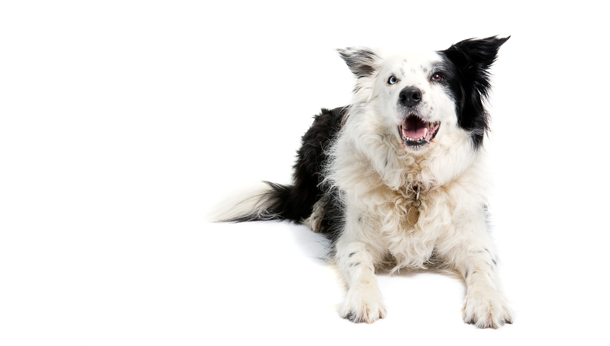
SCVS are very happy to offer endoscopic-assisted gastropexy for the prevention of GDV in dogs.
New Procedure For The Prevention Of GDV Now Available At SCVS
SCVS are very happy to offer endoscopic-assisted gastropexy for the prevention of GDV in dogs.
Gastric dilation volvulus (GDV) is an all too common condition encountered in practice. The condition can occur in any breed but is thought to be more common in large and giant breeds such as Great Danes, Irish wolfhounds, Weimaraners, St Bernards and Irish Setters. Risk factors for the development of GDV include deep chest (increased thoracic height to width ratio), increasing age, previous episodes of gastric dilation (bloat), having a first-degree relative with a diagnosis of GDV, dogs fed a single large meal once per day and dog with a nervous disposition.
Sadly, despite emergency surgery and intensive post-operative management, the reported mortality rate is high at 20%. Aside from the initial surgical intervention, patients often developed significant and potentially life-threatening complications which can require prolonged hospitalisation and significant expense. Complications of GDV include haemodynamic instability, tachyarrythmias, acid-base and electrolyte derangements, lung injury, post-operative pain and anorexia. All of these compilations incur significant morbidity and increase financial costs.
Performing a gastropexy is an essential part of the initial surgical intervention for GDV and without gastropexy, recurrence is reported in >80% of patients. The most commonly performed technique for gastropexy is the ‘incisional’ technique as this is relatively easy to perform intra-operatively and provides effective and robust gastropexy in the majority of cases. Many advocate that prophylactic gastropexy be performed in high-risk breeds or those with risk factors outlined above. Prophylactic gastropexy appears relatively safe and well tolerated and can be easily performed in female patients at the time of spaying. However, in patients where prophylactic gastropexy may be warranted / desired by an owner, it may be more difficult to decide how to proceed if it is not already planned to open the abdomen to perform ovariohysterectomy.
SCVS are very happy to offer endoscopic-assisted gastropexy for the prevention of GDV in dogs. This procedure has been shown to be as effective at reducing the occurrence of GDV compared to the more standard, incisional gastropexy performed via midline coeliotomy. This procedure involves a relatively short anaesthesia and avoids completely opening the abdomen via midline coeliotomy. A brief description of the procedure is as follows; gastroscopy is performed and the stomach is inflated with air. The location of the gastropexy is visualised and stay sutures are placed through the wall of the abdomen and gastric wall under endoscopic visualisation and the stomach in anchored in place. A small incision is made through the skin and abdominal musculature until the gastric wall is visualised. The serosa and outer muscularis layer is incised (without opening into the gastric lumen) and the gastric wall is pexied to the abdominal wall. The abdominal wall and skin are closed, the stay sutures are removed and the procedure is completed by deflating the stomach. Recovery time is rapid and dogs can potentially be discharged the same day as the procedure.
If you have a case which you think may benefit from endoscopic-assisted gastropexy, please do not hesitate to contact us if you would like to discuss prior to referral.
More from Southern Counties Veterinary Specialists

 6 years ago
6 years ago  1525 views
1525 views
 7 days ago
7 days ago